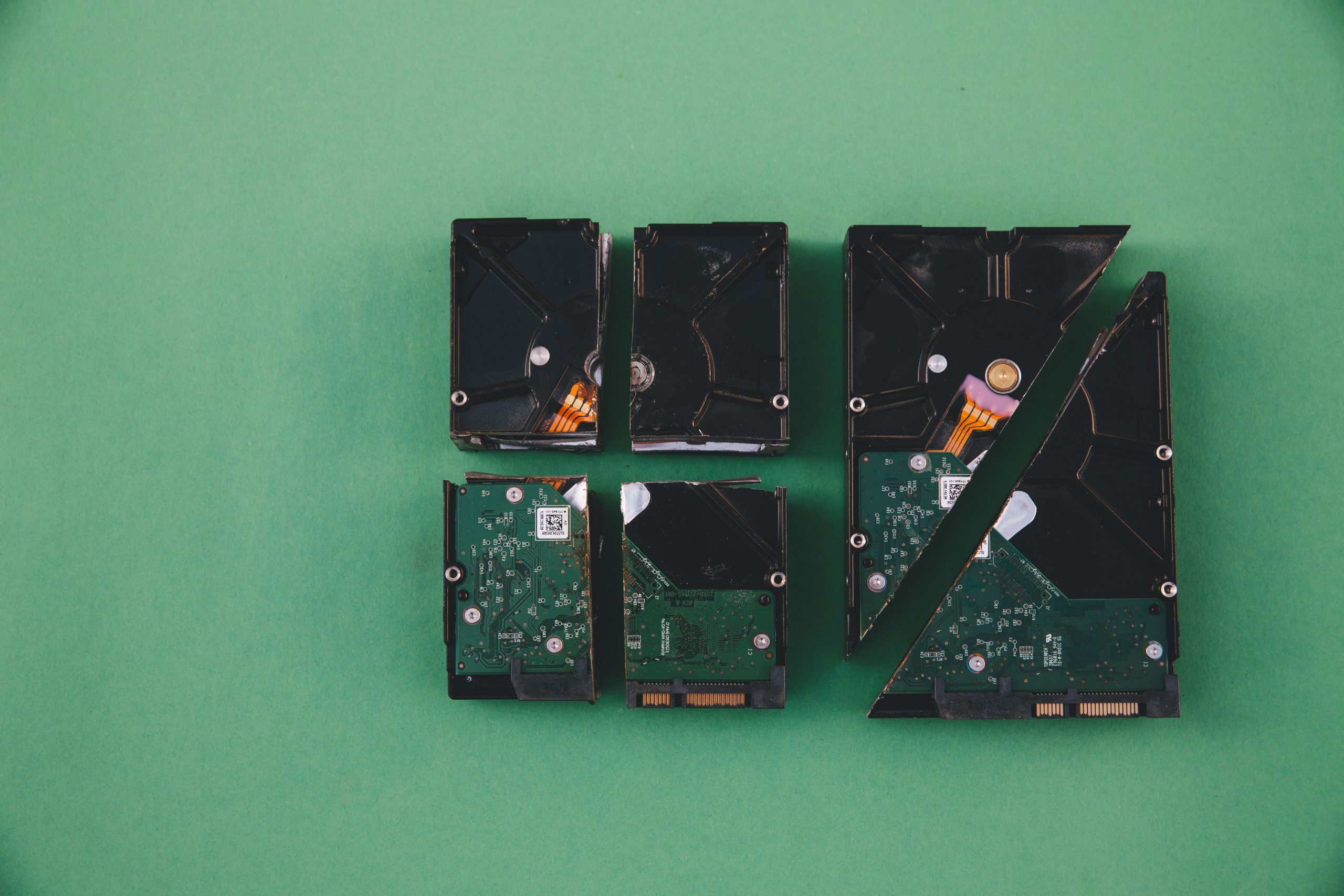Upgrading Your Laptop: NVMe or SATA? Understanding Your Options
When considering an upgrade for your laptop, especially one that’s seven years old, it’s crucial to understand the interface options available. Currently, you may be contemplating a significant decision regarding whether to utilize an NVMe SSD or stick with a 2.5-inch SATA SSD—especially since your laptop is equipped with a healthy hard disk drive (HDD) that still has ample free space, approximately 70%.
Understanding Your Current Setup
Your usage primarily revolves around light activities such as browsing, Google Docs, and occasional creative work like vector design and 3D modeling in AutoCAD—all of which means your laptop needs to perform sufficiently for daily tasks without significant lag.
Given this context, a question arises: does your laptop’s port accept an NVMe SSD, or should you replace the HDD with a new SATA SSD?
Exploring the Options: NVMe vs. SATA
If you’re considering an NVMe SSD upgrade to run your operating system and keep your HDD for additional storage through an external USB connection, it’s essential first to identify the type of port you have. It’s clear that your laptop does not support mSATA, but determining whether it supports NVMe or only SATA is pivotal.
If your motherboard—specifically the HP 83C4—has an M.2 slot that supports NVMe, you could potentially leverage faster read/write speeds, significantly improving system performance. If, however, the slot caters solely to SATA, you would need to select a traditional 2.5-inch SATA SSD.
Recommendations
-
Check Your Port Compatibility: Investigate whether your laptop’s M.2 slot supports NVMe SSDs. If it does, this is the best route for enhanced speed and overall performance.
-
Consider a SATA Upgrade: If an NVMe installation isn’t feasible, opting for a 2.5-inch SATA SSD can still provide a substantial boost over your current HDD, allowing your laptop to run smoother with everyday tasks.
-
Use Your HDD as Backup: Regardless of the SSD option you choose, your idea of repurposing the existing HDD as an external backup drive is excellent. It offers a practical solution to extending the lifecycle of your data storage without needing to replace it entirely.
Conclusion
Ultimately, the best approach hinges on the specifications of your HP 83C4 motherboard and your performance requirements. Whether you choose NVMe for speed
Share this content:




Assistance with Your Laptop SSD Upgrade
It sounds like you’re trying to determine whether your laptop supports NVMe or SATA M.2 drives, which is an important step before purchasing an upgrade. Since your laptop is an HP 83C4, the key is to verify the specifications of your specific model and check the type of M.2 slot available.
To accurately identify your port’s compatibility, I recommend the following steps:
Once you’ve confirmed whether your slot supports NVMe (PCIe 3.0 or 4.0) or only SATA, you can choose the appropriate SSD. If NVMe is supported, upgrading to an NVMe SSD will provide significant performance benefits, especially for boot times and application loading. Otherwise